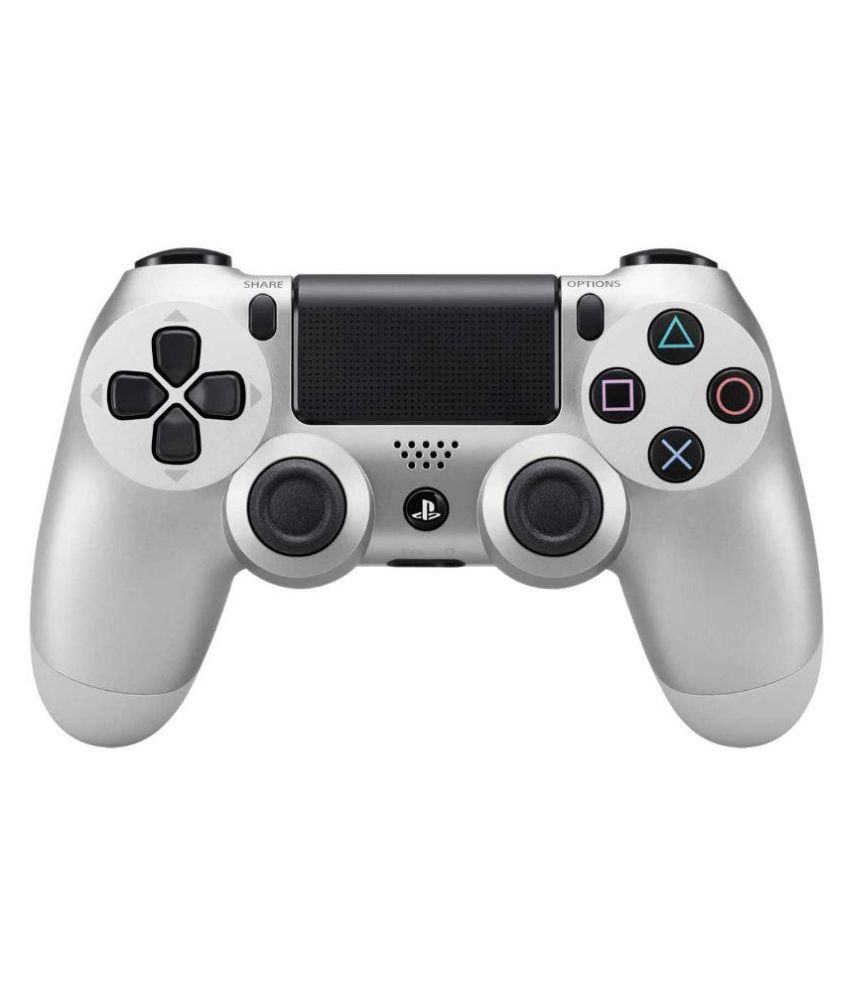

Considering that the PlayStation 2 remains the best-selling console ever, we suppose Sony made the right decision to stick with what worked. More importantly, the DualShock 2 offered a familiar but exceptional controller experience at a time when new consoles were basically expected to launch with entirely re-imagined controllers. This feature gave players the ability to do things like softly apply the gas in Gran Turismo as opposed to putting the pedal to the floor every time. The most notable of those differences is the DualShock 2’s pressure-sensitive buttons. While most of the design differences between this controller and the previous model are slight cosmetic alterations, there are actually a few things that separate the DualShock 2 from what came before. It even retained the analog enable button. The DualShock 2 was basically a DualShock controller. While Sony reportedly played with a few new concepts for the PlayStation 2 controller, the company ultimately decided on something that was both familiar and subtly revolutionary. It was so well-designed that Sony would essentially build on its design for the next three gaming generations. This is quite simply one of the most important video game controllers ever made. Even Capcom re-released the original Resident Evil with analog support. Titles like Crash Bandicoot 3 and Spyro the Dragon heavily emphasized its capabilities while 1999’s Ape Escape infamously required players to use a controller with analog sticks. Regardless, the DualShock controller quickly became Sony’s peripheral of choice. It’s also been suggested that Sony just hadn’t found a way to incorporate rumble in a way that was comfortable, cost-efficient, and reliable. So why didn’t the Dual Analog have rumble capabilities? Rumors suggest that Nintendo tried to legally block Sony from producing such technology, but Nintendo denies that was the case. Rumble technology was such a big deal at that time that this model basically killed the Dual Analog controller as soon as it was introduced. Sony’s DualShock controller was essentially a Dual Analog controller that vibrated. The company was especially interested in creating a controller that felt good in whatever position you were playing in and wasn’t too heavy. Ken Kutaragi, former chairman and CEO of Sony Computer Entertainment, once said that Sony probably spent as much time on the PlayStation’s controller as it did on the design of the console itself. It’s a design choice that would shape the company’s controller designs for years to come. One thing you’ll notice in a larger photo of the various PlayStation controller prototypes is Sony’s commitment to a two handle, slightly larger controller design that more naturally fit into people’s hands. Interestingly, we even see what appears to be an early joystick concept and two models that featured an input button layout that resembles what we’d ultimately get from the face buttons on the N64. Earlier models seemed to use the SNES design as a kind of base concept, but later versions of the controller featured some entirely new design concepts.

The evolution of the PlayStation controller tells a story of experimentation vs. However, when Nintendo ended up siding with Phillips for the development of Nintendo CD-ROM technology, Sony was left with about 200 Nintendo PlayStation prototypes and the burning desire to pursue the development of its own console under the PlayStation name. It was supposed to be a Super NES/Super Famicom hybrid with CD-ROM capabilities that would have represented the beginning of a partnership between Sony and Nintendo in the ’90s. The Nintendo PlayStation is arguably the most famous video game console that was never released. So, in celebration of the reveal of the DualSense, let’s take a look at the proud, fascinating, and sometimes strange history of PlayStation controllers: The Nintendo PlayStation Controller More importantly, there may be things about the making of your favorite PlayStation controller that you never knew before.

Yet, there may be a few members of the PlayStation controller family that you’re not familiar with. You could spot a silhouette of the PlayStation controller and know exactly what you’re looking at. Sony has spent years perfecting the PlayStation controller and giving it a design that’s instantly recognizable to millions of gamers across the world. Few features have defined the PlayStation brand as much as its controllers. The reveal of the PlayStation 5’s controller isn’t just a major moment in the next-gen console war but a significant part of PlayStation history.


 0 kommentar(er)
0 kommentar(er)
